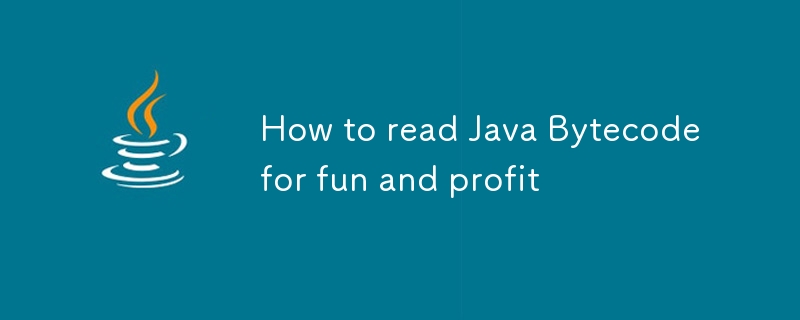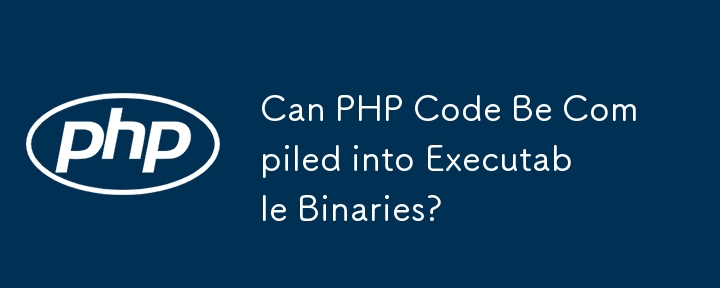Found a total of 10000 related content

Understanding Bytecode and the Java Compilation Process
Article Introduction:Java programs do not run directly on the computer, but are first compiled into bytecode and then executed by the JVM; 1.javac compiles the .java file into platform-independent bytecode (.class file); 2. JVM's class loader loads the .class file; 3. Bytecode validator checks security; 4. JVM executes bytecode through the interpreter, and the JIT compiler dynamically compiles the hotspot code into local machine code to improve performance; this mechanism realizes Java's "write once, run everywhere", while ensuring security and execution efficiency. Finally, through tools such as Java, you can also view bytecode instructions, which fully demonstrates the entire process from Java source code to local execution.
2025-07-26
comment 0
408
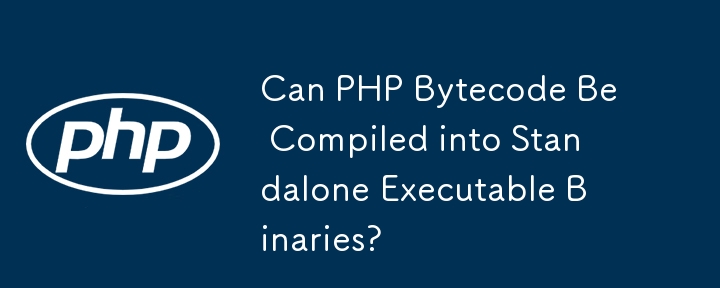
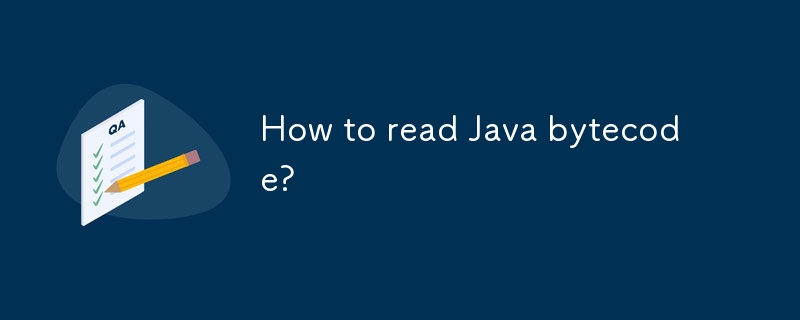
How to read Java bytecode?
Article Introduction:To understand Javabytecode, you can use the JDK-provided Javap tool to disassemble the bytecode to view the bytecode; 1. Use javac to compile the class file and view the method instruction list through the javap-c command; 2. Understand the stack-based bytecode structure and the operating mechanisms of common instructions such as iconst, store, iload, iadd, etc.; 3. You can use graphical tools such as BytecodeViewer or IDE plug-in to assist in analyzing the class structure and field information; 4. Pay attention to the actual conversion form of Java syntax sugar in bytecode, such as switch string support, try-with-resources and lambda expressions. Mastering these key points is helpful
2025-07-23
comment 0
1002
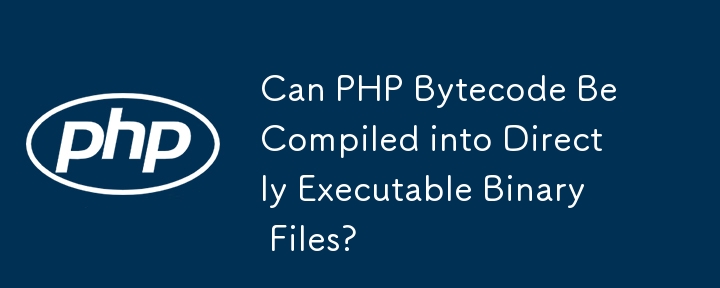
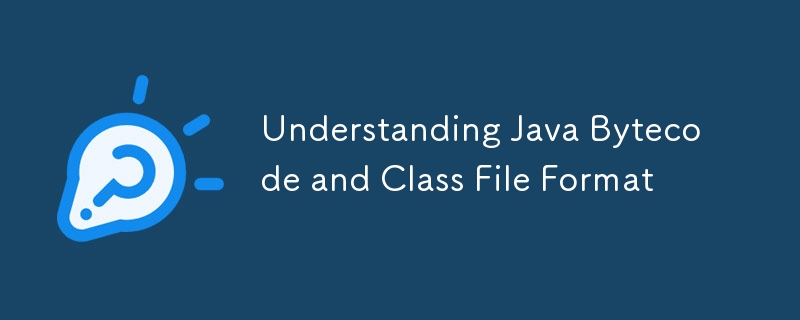
Understanding Java Bytecode and Class File Format
Article Introduction:Javabytecode is an intermediate instruction set after Java program is compiled, executed by the JVM, and is the basis for implementing "write once, run everywhere". The class file stores bytecode and related metadata in a strict binary format. Understanding them can help debug, understand language features, develop tools, and improve security awareness. Learning can start by using Javap to view bytecode, reading JVM specification documents, visualizing class structure with the help of tools, and trying to dynamically modify bytecode.
2025-07-17
comment 0
374
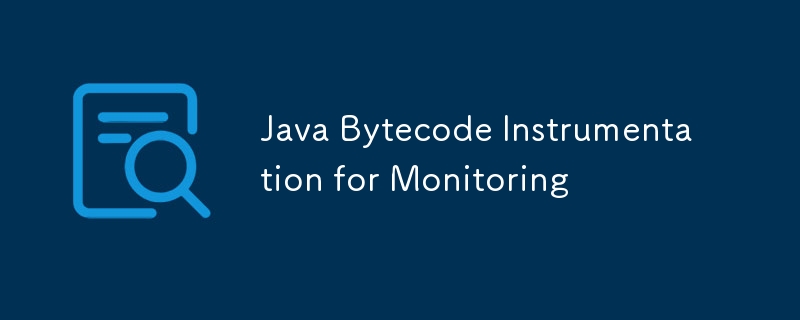
Java Bytecode Instrumentation for Monitoring
Article Introduction:Java bytecode instrumentation realizes dynamic analysis of the running status of Java programs by modifying the .class file insertion monitoring logic when class loading. Its core principle is to use the Instrumentation API and bytecode operation libraries (such as ASM, ByteBuddy, etc.) to insert monitoring code before and after the method is executed without modifying the source code. The specific steps include: 1. Use JavaAgent to intercept the class loading process and register the ClassFileTransformer; 2. Insert monitoring logic such as timing, logs, etc. into the target method to ensure that the original logic is not affected; 3. Avoid destroying the method signature or introducing exceptions, and ensure that the bytecode passes JVM verification. Common application scenarios are:
2025-07-23
comment 0
917

Explain the process of bytecode verification performed by the JVM.
Article Introduction:The JVM's bytecode verification process includes four key steps: 1) Check whether the class file format complies with the specifications, 2) Verify the validity and correctness of the bytecode instructions, 3) Perform data flow analysis to ensure type safety, and 4) Balancing the thoroughness and performance of verification. Through these steps, the JVM ensures that only secure, correct bytecode is executed, thereby protecting the integrity and security of the program.
2025-05-02
comment 0
731
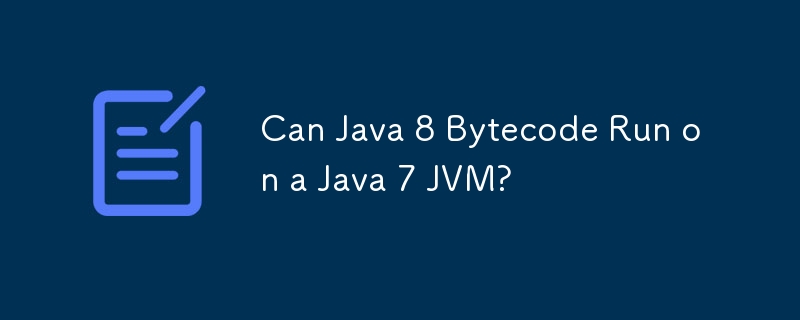
Can Java 8 Bytecode Run on a Java 7 JVM?
Article Introduction:Java 8 Bytecode Compatibility with Java 7 Virtual MachineJava 8 introduced significant language enhancements, such as lambda expressions. This...
2024-11-09
comment 0
547
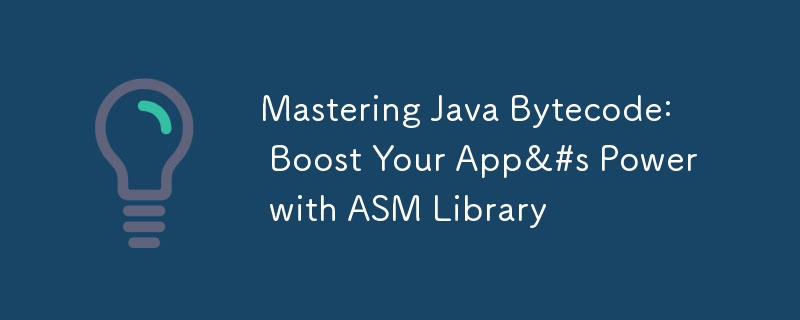
Mastering Java Bytecode: Boost Your App&#s Power with ASM Library
Article Introduction:Java bytecode manipulation is a powerful technique that allows us to modify Java classes at runtime. With the ASM library, we can read, analyze, and transform class files without needing the original source code. This opens up a world of possibilitie
2024-11-24
comment 0
505
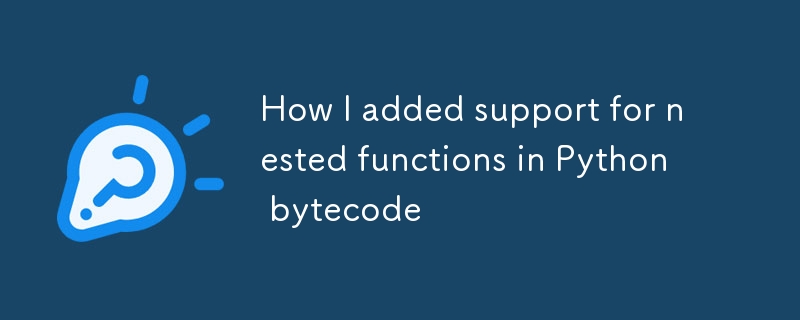
How I added support for nested functions in Python bytecode
Article Introduction:I wanted to share some pretty cool stuff I’ve been learning about Python bytecode with you, including how I added support for nested functions, but my guy at the printing press said I needed to keep it under 500 words.
It’s a holiday week, he shrugg
2024-12-31
comment 0
1058

Java: Write Once, Run Anywhere (WORA) - A Deep Dive into Platform Independence
Article Introduction:Java implementation "write once, run everywhere" is compiled into bytecode and run on a Java virtual machine (JVM). 1) Write Java code and compile it into bytecode. 2) Bytecode runs on any platform with JVM installed. 3) Use Java native interface (JNI) to handle platform-specific functions. Despite challenges such as JVM consistency and the use of platform-specific libraries, WORA greatly improves development efficiency and deployment flexibility.
2025-05-14
comment 0
941
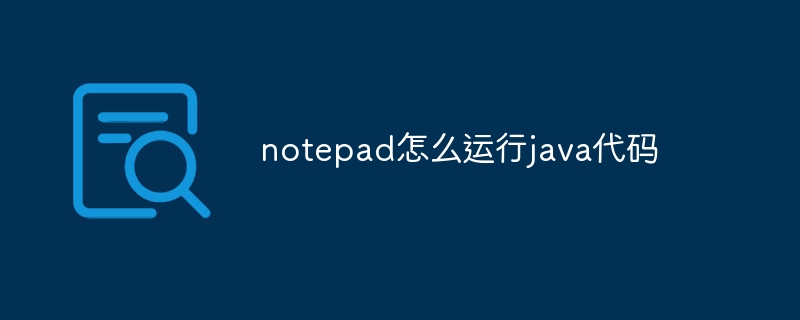
How to run java code in notepad
Article Introduction:Although Notepad cannot run Java code directly, it can be achieved by using other tools: using the command line compiler (javac) to generate a bytecode file (filename.class). Use the Java interpreter (java) to interpret bytecode, execute the code, and output the result.
2025-04-16
comment 0
585
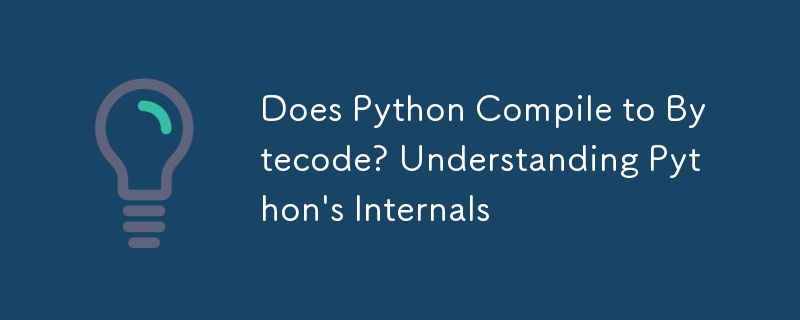
Does Python Compile to Bytecode? Understanding Python's Internals
Article Introduction:Yes,Pythoncompilestobytecode.1)Pythonconvertssourcecodetobytecode,storedin.pycfiles.2)Bytecodeisplatform-independent,aidingcross-platformdevelopment.3)Itoffersfasterexecutionandsomesecurity,buthasinitialoverheadanddebuggingchallenges.
2025-05-17
comment 0
254

Java's Platform Independence: Understanding the JVM and Bytecode
Article Introduction:JavaachievesplatformindependencethroughtheJavaVirtualMachine(JVM)andbytecode.1)Javacodeiscompiledintoplatform-independentbytecodebytheJavacompiler(javac).2)TheJVMinterpretsorcompilesthisbytecodeintomachinecodeforthehostsystem,allowingthecodetorunonan
2025-05-18
comment 0
479

How does the JVM contribute to Java's 'write once, run anywhere' (WORA) capability?
Article Introduction:JVM implements the WORA features of Java through bytecode interpretation, platform-independent APIs and dynamic class loading: 1. Bytecode is interpreted as machine code to ensure cross-platform operation; 2. Standard API abstract operating system differences; 3. Classes are loaded dynamically at runtime to ensure consistency.
2025-05-02
comment 0
632







